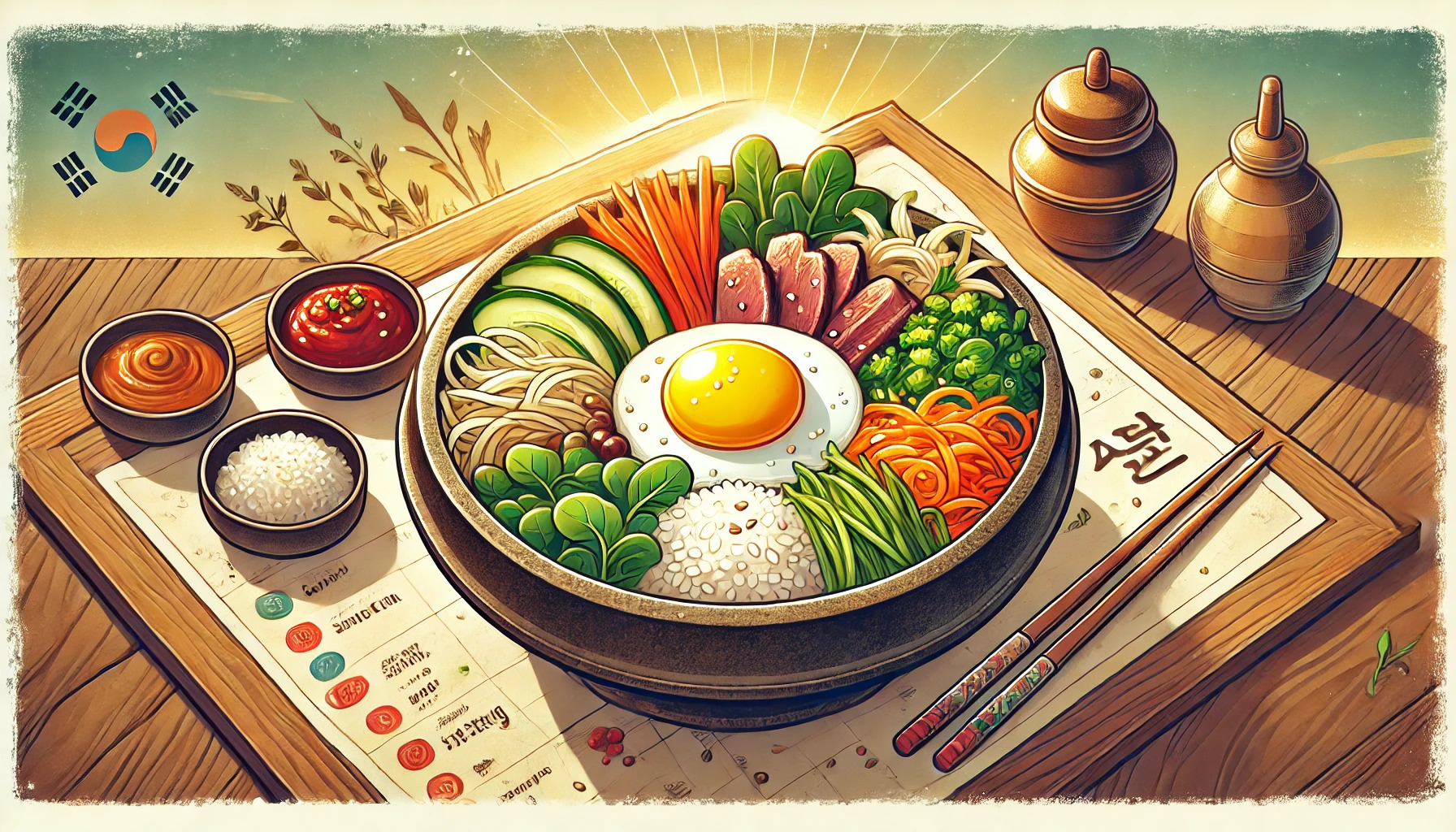
When you think of Seoul, bustling streets, vibrant markets, and delectable street food likely come to mind. Yet, beneath the surface of this modern metropolis lies a deep-seated culinary tradition that remains integral to Korean life: eating rice three times a day. While globalization and modern dietary habits have introduced more bread into Korean breakfasts, rice still holds its ground as the heart of every meal. Let’s delve into why rice remains a beloved staple in Seoul and how it shapes the daily lives of its residents.
The Enduring Legacy of Rice in Korean Cuisine
Rice (bap) isn’t just food in Korea; it’s a cultural cornerstone. From grand feasts to humble family dinners, rice accompanies a variety of dishes, enhancing flavors and providing sustenance. Despite the increasing popularity of bread, especially for breakfast, rice remains the preferred choice for lunch and dinner across the nation.
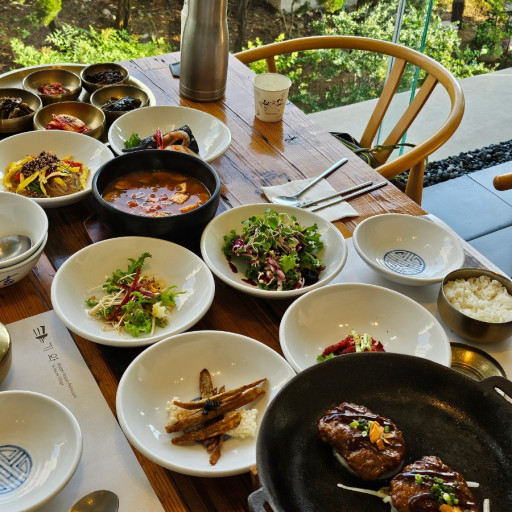
Daily Rice Consumption Trends
To understand the significance of rice in Korea, let’s look at some numbers:
| Meal Time | Traditional Staple | Modern Alternatives | Percentage Preference |
|---|---|---|---|
| Breakfast | Rice | Bread, Cereal | 60% Rice, 40% Alternatives |
| Lunch | Rice | Noodles, Sandwiches | 75% Rice, 25% Alternatives |
| Dinner | Rice | Pasta, Burgers | 80% Rice, 20% Alternatives |
Source: Korean Ministry of Agriculture, Food and Rural Affairs (2023)
As illustrated, while breakfast sees a notable shift towards bread and cereals, lunch and dinner remain predominantly rice-based. This trend highlights rice’s resilience and continued relevance in Korean daily life.
Why Rice Remains Irreplaceable
Nutritional Value
Rice is not only delicious but also highly nutritious. It provides essential carbohydrates, energy, and is versatile enough to complement a wide array of dishes—from savory stews to spicy kimchi.
Cultural Significance
In Korea, rice symbolizes prosperity and well-being. It’s deeply embedded in traditions, ceremonies, and everyday practices. Sharing rice-based meals fosters a sense of community and continuity with past generations.
Culinary Versatility
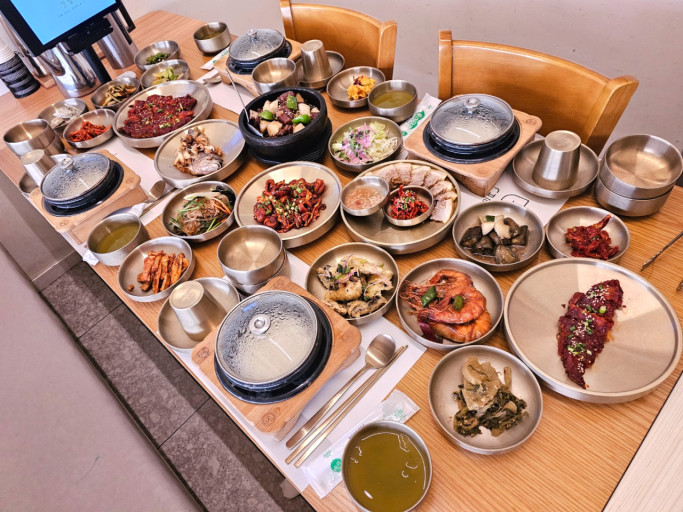
Rice serves as the perfect canvas for Korea’s diverse flavors. Whether it’s a simple bowl of steamed rice (juk) or a hearty serving of bibimbap, rice adapts to various cooking styles and ingredients, making it indispensable in Korean kitchens.
Modern Shifts: Bread and Beyond
While rice remains dominant, modern lifestyles have introduced bread, especially for breakfast. This shift can be attributed to:
- Busy Lifestyles: Quick-to-prepare bread items fit the fast-paced schedules of many Koreans.
- Global Influence: Western dietary habits have influenced younger generations, leading to increased bread consumption.
- Convenience: Bread products are often more portable and easier to consume on the go.
Breakfast Preferences Over Time
| Year | Rice (%) | Bread (%) | Other (%) |
|---|---|---|---|
| 2000 | 80 | 15 | 5 |
| 2010 | 70 | 25 | 5 |
| 2020 | 60 | 35 | 5 |
| 2023 | 60 | 40 | 0 |
Source: Korean National Health and Nutrition Examination Survey (2023)
This table showcases the gradual decline in rice consumption for breakfast, with bread steadily rising as the preferred choice.
The Future of Rice in Korea
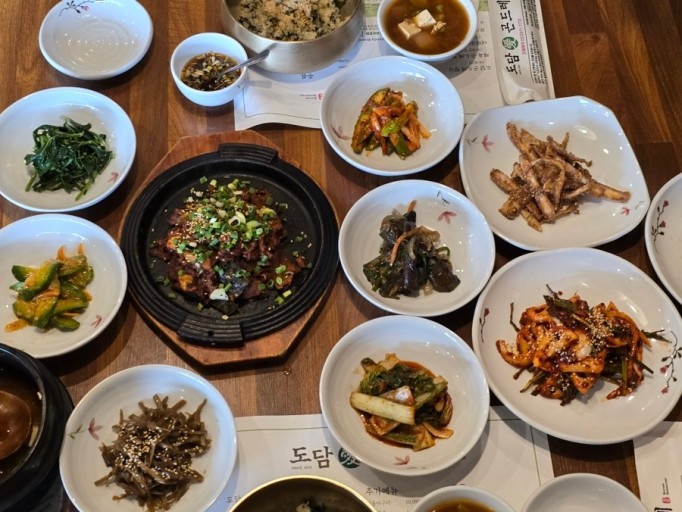
Despite these shifts, rice is far from obsolete. Initiatives to promote rice’s health benefits and its role in sustainable agriculture are helping to maintain its popularity. Additionally, the fusion of traditional rice dishes with modern culinary techniques continues to attract both locals and tourists alike.
Popular Rice Dishes You Must Try in Seoul
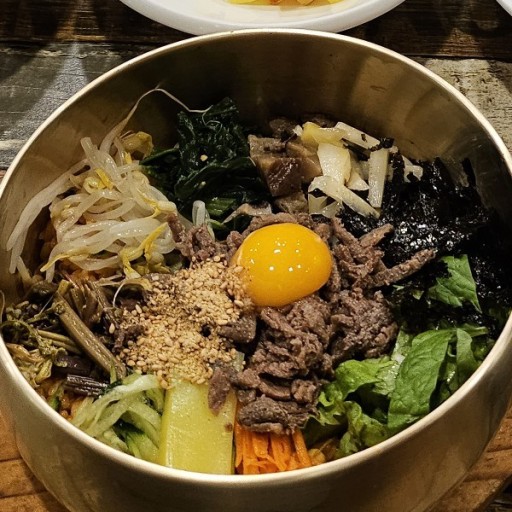
| Dish | Description | Must-Try Spot |
|---|---|---|
| Bibimbap | Mixed rice with vegetables and beef | Gogung, Myeongdong |
| Kimchi Bokkeumbap | Kimchi fried rice with a sunny-side-up egg | Kimbap Cheonguk, Hongdae |
| Juk | Savory rice porridge often eaten for breakfast | Tosokchon, Insadong |
Exploring these dishes offers a delicious glimpse into how rice remains a beloved staple, evolving yet steadfast in its place within Korean cuisine.
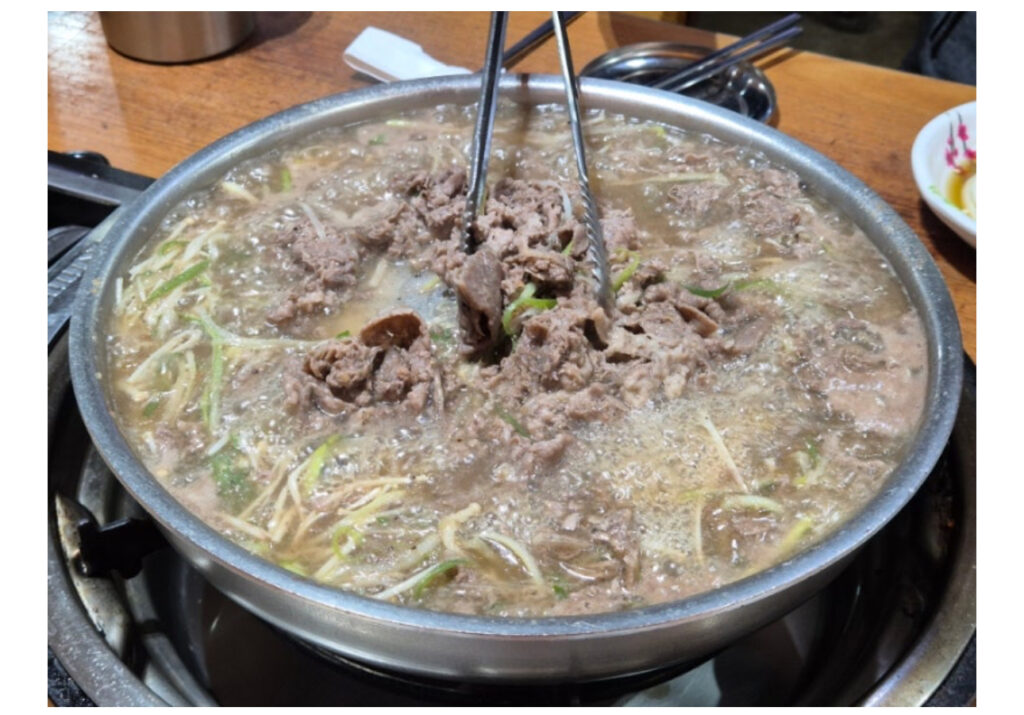
Seoul’s culinary landscape is a harmonious blend of tradition and modernity, with rice at its core. Whether you’re savoring a steaming bowl of bibimbap or enjoying a quick bite of kimchi fried rice, rice remains an essential part of the Korean dining experience. So, next time you wander the vibrant streets of Seoul, embrace the rice ritual and taste the essence of Korea’s rich cultural heritage.
Travel with Me!
Stay tuned for more insights into Seoul’s vibrant lifestyle, hidden gems, and must-visit spots. Follow the blog and join our community of passionate travelers exploring the heart of South Korea!
Leave a Reply